Rain, a startup founded by Maxwell Brodie, is developing software that could revolutionize Wildfire response by enabling autonomous helicopters to tackle fires in their earliest stages. This innovative approach aims to significantly reduce response times and prevent small fires from growing out of control, according to Fast Company.
From Personal Experience to Innovative Solution
Brodie’s motivation stems from a childhood experience with a wildfire near his home in British Columbia. He recalls, “No one was able to get to it until several hours after sunrise, by which time it was the classic story: It was too late.” This personal encounter, coupled with the devastating Camp Fire in Paradise, California, in 2018, led Brodie to shift his focus to wildfire technology.
The Technology Behind Rain
Rain’s software is designed to give autonomous helicopters the capability to respond to wildfires quickly and efficiently. The concept involves positioning a network of these helicopters in remote locations, ready to deploy as soon as a fire is detected.
“It’s all about reducing response time to catch the fires at their earliest stage, and arriving with enough speed and force to extinguish, contain, or slow the fire before it grows out of control,” Brodie explains.
This approach could provide crucial support to frontline Firefighters, giving them a better chance to contain fires before they escalate.
Potential Impact on Wildfire Management
The implementation of autonomous helicopters in wildfire response could mark a significant shift in how we approach fire management. By addressing the common problem of delayed response times, even when fires are detected early, Rain’s technology has the potential to prevent small fires from becoming catastrophic events.
DroneXL’s Take
The development of autonomous helicopter technology for wildfire response aligns with the growing trend of using unmanned aerial vehicles (UAVs) in emergency situations. While Rain’s approach focuses on full-size autonomous helicopters, it shares similarities with drone applications in search and rescue operations. Both technologies aim to improve response times and provide crucial support in challenging environments.
As we continue to see advancements in drone and autonomous vehicle technology, it’s likely that we’ll witness more innovative solutions combining the strengths of traditional firefighting methods with cutting-edge autonomous systems. This could lead to more effective wildfire management strategies and potentially save lives and property in fire-prone areas.
Photo courtesy of Rain/Sikorsky
Discover more from DroneXL
Subscribe to get the latest posts sent to your email.



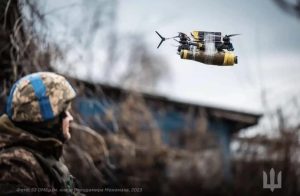


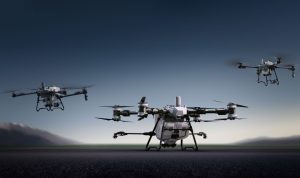
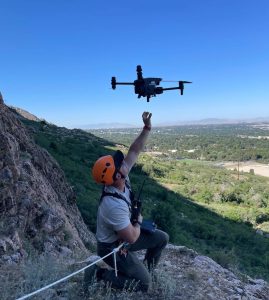

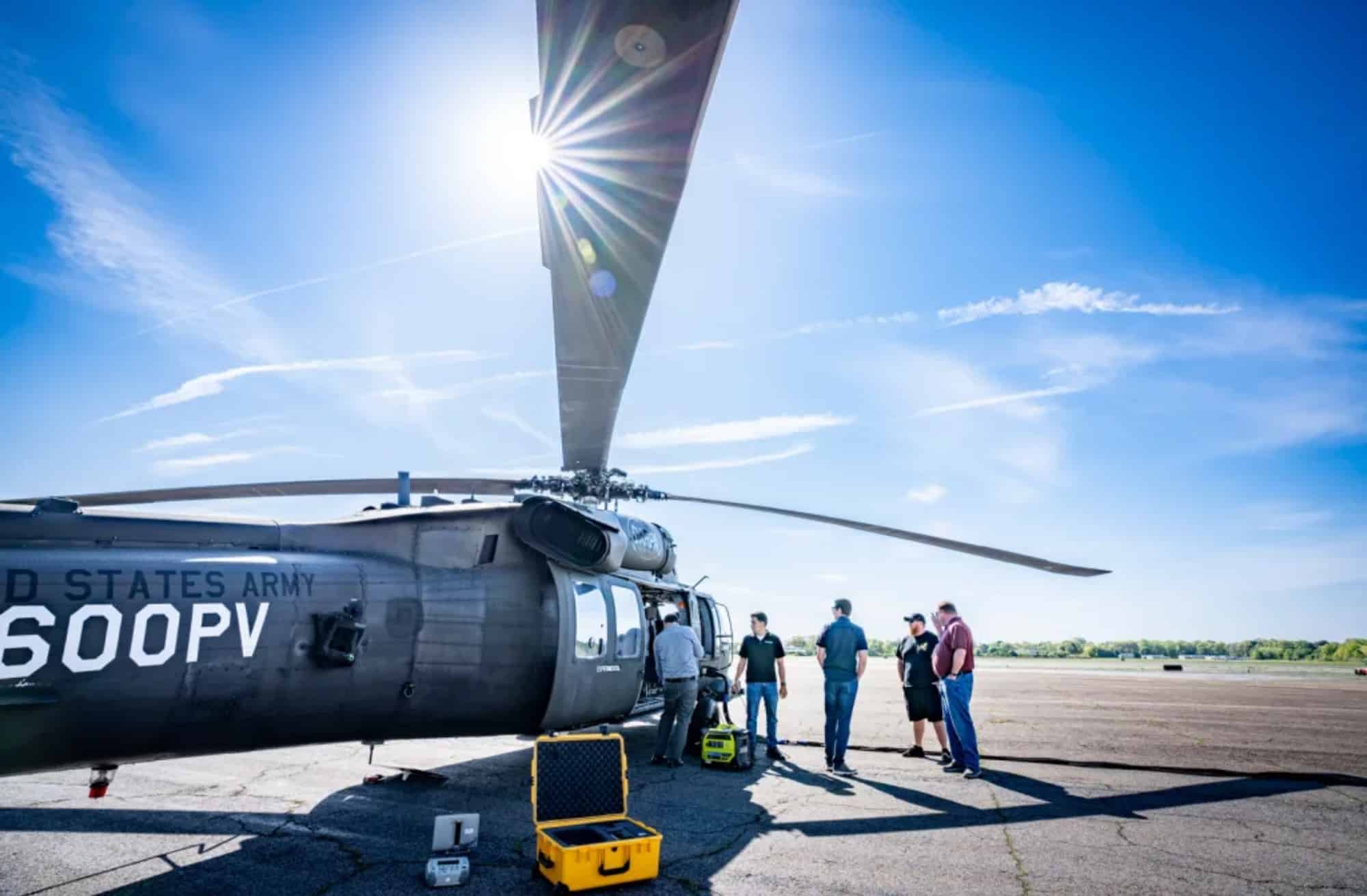



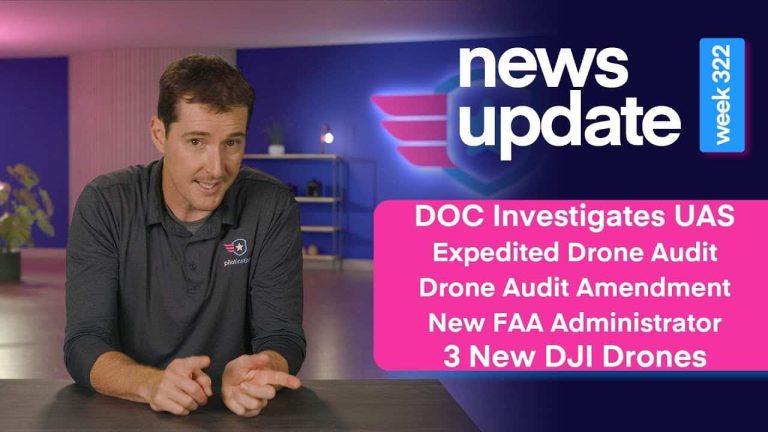
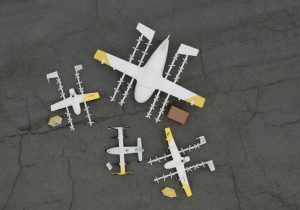

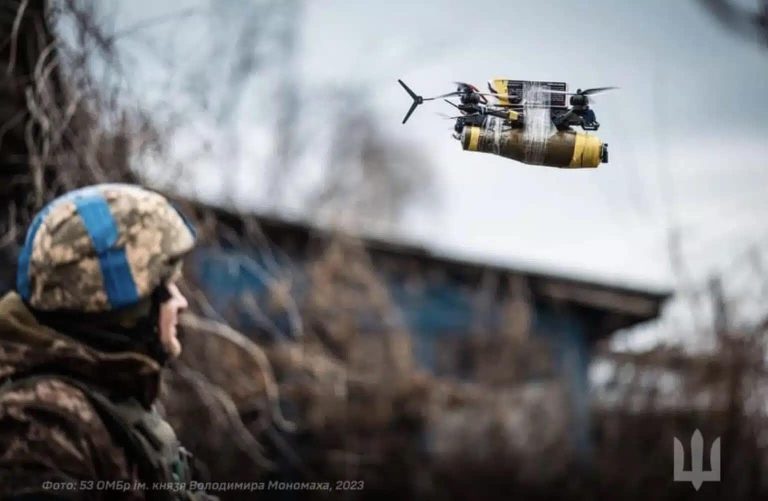


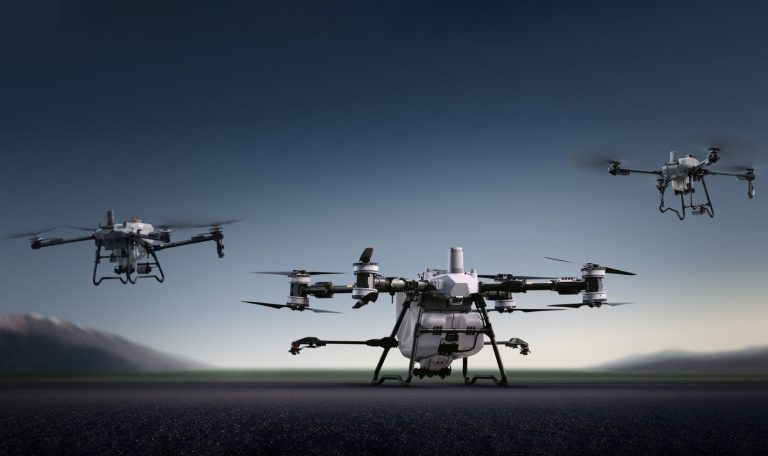
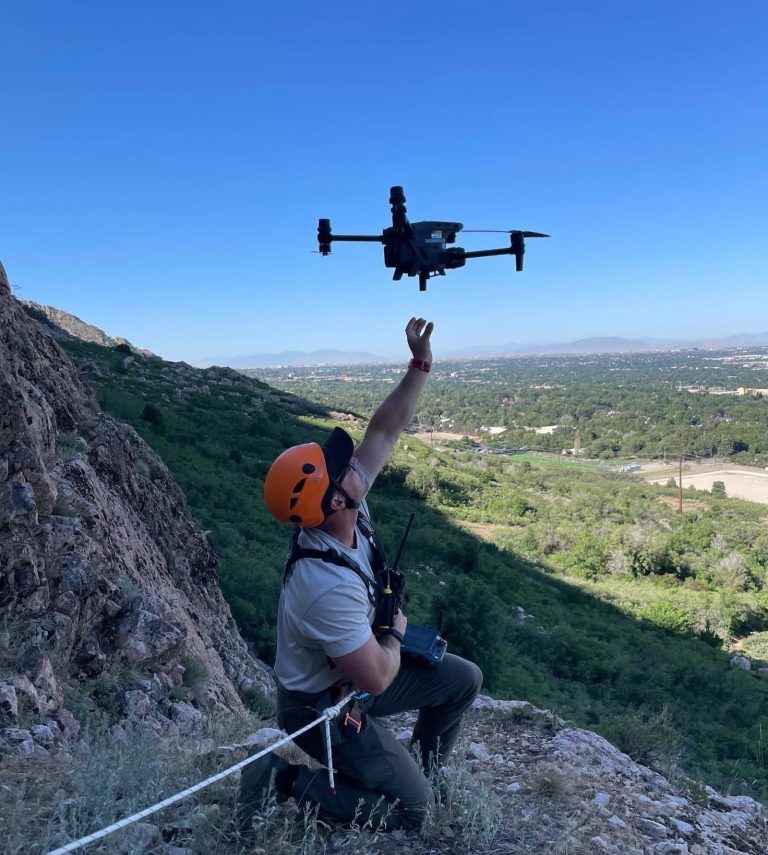
+ There are no comments
Add yours